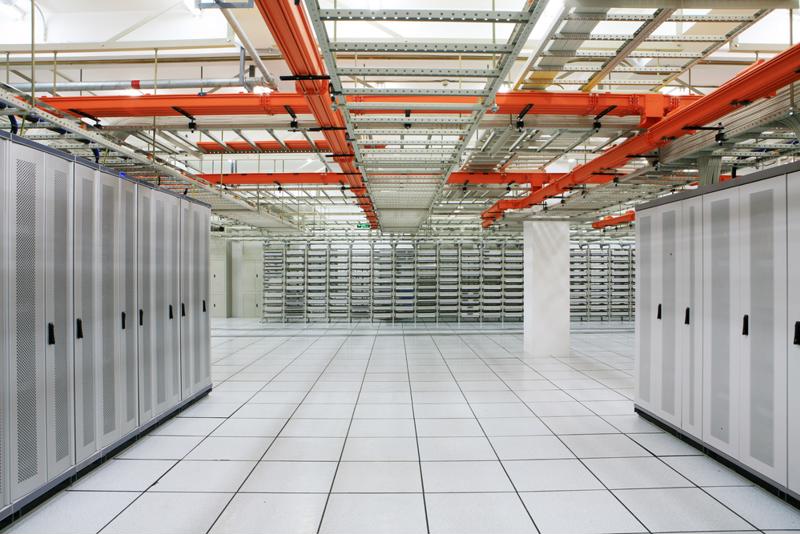Effective content distribution begins with effective power distribution
Effective content distribution begins with effective power distribution

There's no shortage of horror stories about content providers losing power, resulting in wide-scale service disruptions to customers. In 2012, Netflix, Instagram and Twitter all got knocked offline after a string of bad storms battered the East Coast, causing outages in data center facilities. In fact, CBS reported that all of these media and content providers were forced to temporarily rely on company Facebook pages to communicate with customers.
No one can control the weather, so none of these providers are directly to blame for the natural occurrence. Nevertheless, they surely felt the sting of lost opportunity. Every second of downtime costs money.
BuzzFeed reporter Matthew Lynley ran the numbers in 2013 after Amazon suffered an outage in one of its data centers. Based on online retailer's earnings in the previous year, Lynley was able to determine that the company makes about $1,104 per second. Multiply that by the total number of seconds that Amazon was down, and you get a very rough, yet very significant, estimate of how much opportunity was lost. In this case, that's 40 minutes, or 2,400 seconds times $1,104, which is more than $2.5 million.
The takeaway here is painfully clear: When power distribution fails in the data center, content distribution is all but impossible, and that's bad for business.
Content delivery networks are completely at the mercy of data centers
A content delivery network (CDN), as defined by TechTarget contributor Margaret Rouse, is made up of many "strategically dispersed servers," that allow for the distribution of content to customers over a wide area. As a way to decrease the likelihood of a service disruption, these servers might be as scattered as possible, so that high bandwidth can be accommodated if some go offline.
As the examples mentioned above show, even the biggest names in Internet content can't guarantee a fail-proof CDN. In large population clusters such as those occupying the majority of the East Coast, larger data center facilities may be responsible for handling a greater percentage of total customer traffic – which could help explain why the Netflix, Twitter, Instagram and Amazon outages were so devastating to service delivery.
If nothing else, this reveals just how important power management is in the data center to the uptime of CDNs.

Control what you can with smart power distribution
There will always be extenuating circumstances that blind side even the best laid plans. For data center management, the weather is one such wild card. Facility operators can usually fall back on the uninterruptible power supply (UPS) in the event of an electrical outage caused by a storm, and with some luck, the primary source of power will hopefully come back online promptly.
"Effective power distribution is the pulse of the data center."
However, it would be devastating for a content provider's data center to experience a disruption as a result of poor planning. On a daily basis, effective power distribution is the pulse of the data center. Proportionate power distribution throughout the entire facility ensures that equipment performs optimally, that energy resources don't go to waste and the potential for circuit overloads is minimized.
Smart power distribution units (PDUs) help achieve this in a number of ways. For one thing, embedded power monitoring can make staff aware of increasing currents and voltage spikes. Likewise, sensitive electronics are protected by breakers, which effectively cut the power when electricity consumption exceeds a predetermined threshold. Over time, anything greater than ideal electricity consumption by certain electronics can drastically shorten the life of the equipment, which raises operational expenses in the form of expensive replacement.
Geist PDUs come in a variety of different models, including an upgradeable option that is ideal for facilities expecting to intermittently add and remove features and equipment on an as-needed basis. Other products offer remote and local monitoring, which makes load balancing much easier for data center management teams.
For content providers, this helps to ensure that if downtime does occur, it won't be for lack of having done everything in their power to prevent it. In the data center, as in life, that's often the best one can hope for.



